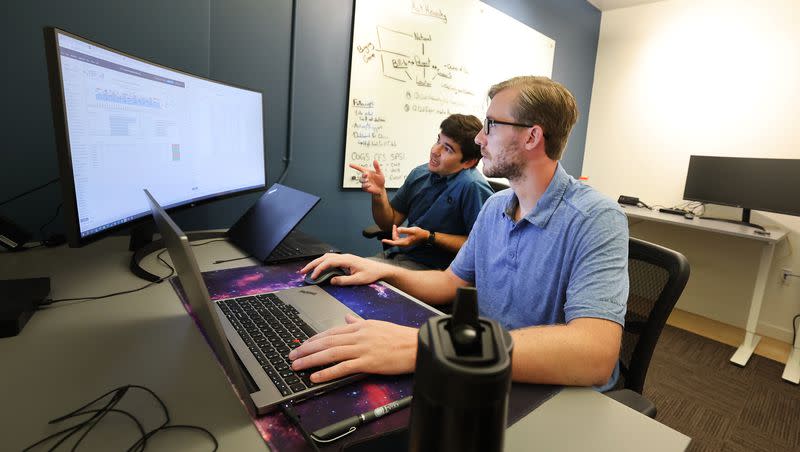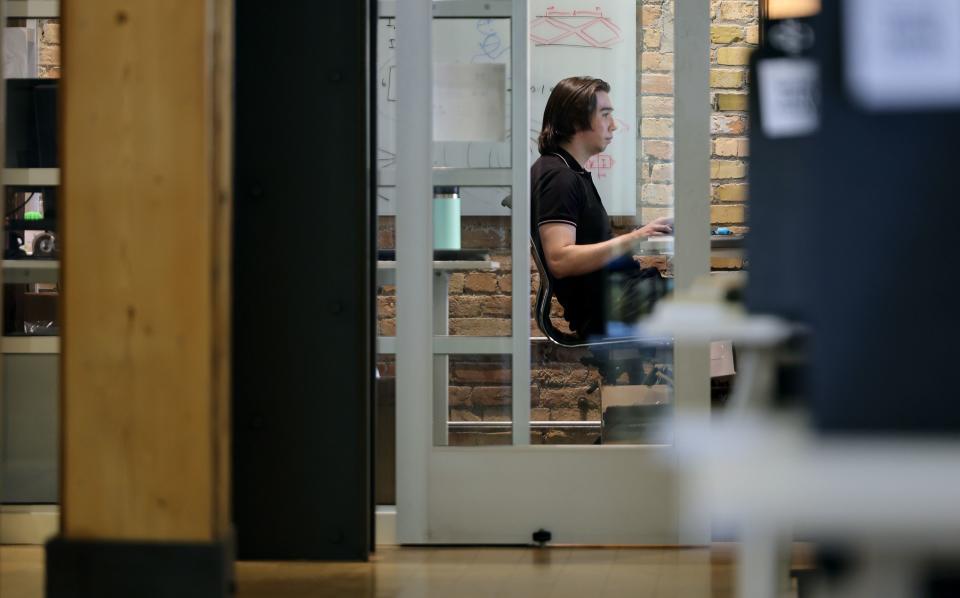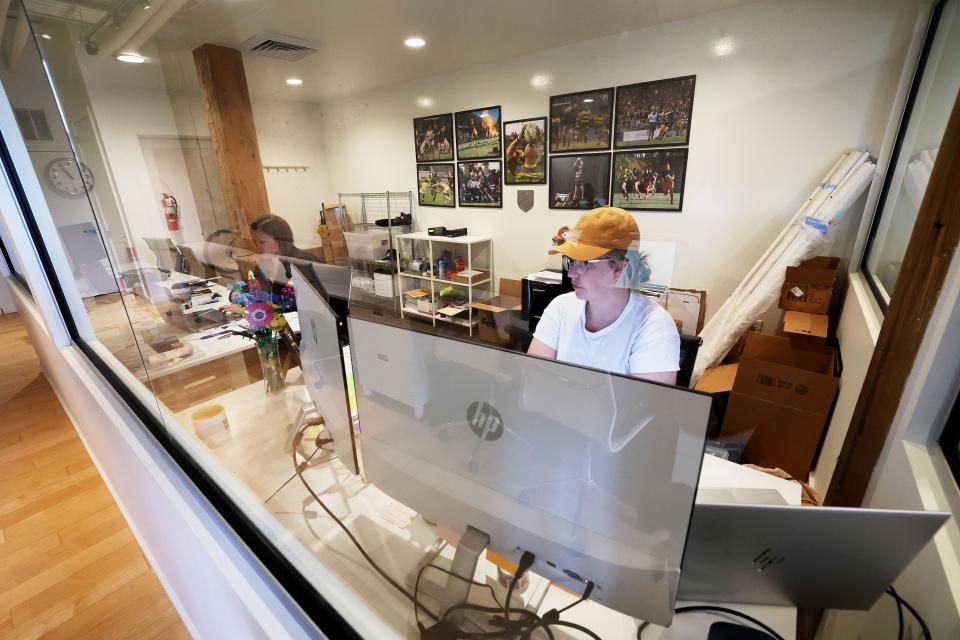It’s hard to maintain workplace productivity in the summer. But less vacation time isn’t the answer

As employees enjoy vacation time through the summer, it can be challenging to maintain workplace productivity with fewer people in the office.
And while there are several potential solutions to the summer slump, less vacation time isn’t one of them.
For starters, a steady string of vacation absences can place a heavy burden on workers who are left behind in the office.
“This can result in those who aren’t on leave taking on more work,” Anita Grantham, the head of Human Resources at BambooHR, a technology company based in Lindon that provides human resources software, said in a statement. “When there is a larger workload placed on fewer people, it makes sense that productivity would decrease.”
Cody Reeves, an associate professor of human resources at the BYU Marriott School of Business, notes that workers depend on each other. When employees are gone, they can’t help co-workers who might be reliant on them to complete a task.
So what can be done? Well, vacation itself is not the problem, Reeves says. Issues only arise when too many workers are gone at the same time. Grantham says a potential solution is to plan ahead.
“Some (companies) put limits on what percentage of the company or department can take (paid time off) at any one time, some ask for employees to request time off in advance,” she said.
And though it may seem counterintuitive, less vacation time is not the answer. Rest and relaxation are crucial to employees’ emotional well-being, according to Reeves, who says that the only thing worse than the productivity loss from vacation is the productivity loss that would occur if people didn’t take time off.
Reeves points to greater creativity, increased energy and reduced burnout as common benefits of vacation. That’s especially important during the summer, when more daylight hours can have negative effects. Research shows that light at the wrong time can disrupt circadian rhythms and sleep.
“We tend to see people actually sleep less in the summer,” Reeves said. “Daylight prevents things like melatonin release … that gap between what sleep they should be getting and what they actually are getting gets wider.”
That fatigue often translates to the workplace, where employee performance can suffer. In fact, one study found that a worker’s recovery level is a reliable predictor of their workplace engagement. Higher levels of workplace engagement mean employees are increasingly focused on the tasks at hand.
“It tends to be rewarding and very productive types of work,” Reeves said of workplace engagement, which he described as a “buzzword.”

And if workers continue to get insufficient sleep, Reeves says a downward spiral could ensue, leaving employees feeling less recovered each day. But the cycle works both ways.
“You can also create that virtuous spiral, where if I show up well rested, recovered, (and) I engage at work … you can actually feed that cycle where it gets easier and easier to go in and do your best work,” Reeves said.
Some companies have special summer hours, like Nike, to combat the problem. But not every business structures summer hours the same way, as Reeves points out. Sometimes employees get time off the same day every week, usually Friday afternoons, but other times companies stagger workers’ absences so they always have a certain number of people available. Regardless, the effect is still the same — with more downtime, employees feel more recovered at work.
Additionally, the summer’s hotter temperatures pose another threat to workplace productivity. The Energy Policy Institute at the University of Chicago, using data from India, found that not only are workers more likely to be absent during hot spells, but that productivity decreases by as much as 4% for every time the temperature rises by 1 degree on a hot day.
Reeves says that can make workers more sluggish, and even though offices have cooling systems, the temperatures still tend to be a bit higher during the summer months. And The Energy Policy Institute discovered that air conditioning does not curb absenteeism in that same study.
Plenty of other factors, like children coming back home after the school year ends, can distract workers during the summertime. But no matter the issue, open communication with employees is perhaps the best way to keep workplace productivity stable amid the uncertainty of the summer months.
“It’s important to sit down and talk to employees candidly about what could change in the organization to address concerns and then make a plan around that,” Grantham said. “Connecting with employees individually to sincerely find out concerns helps improve employee experience and leadership.”


